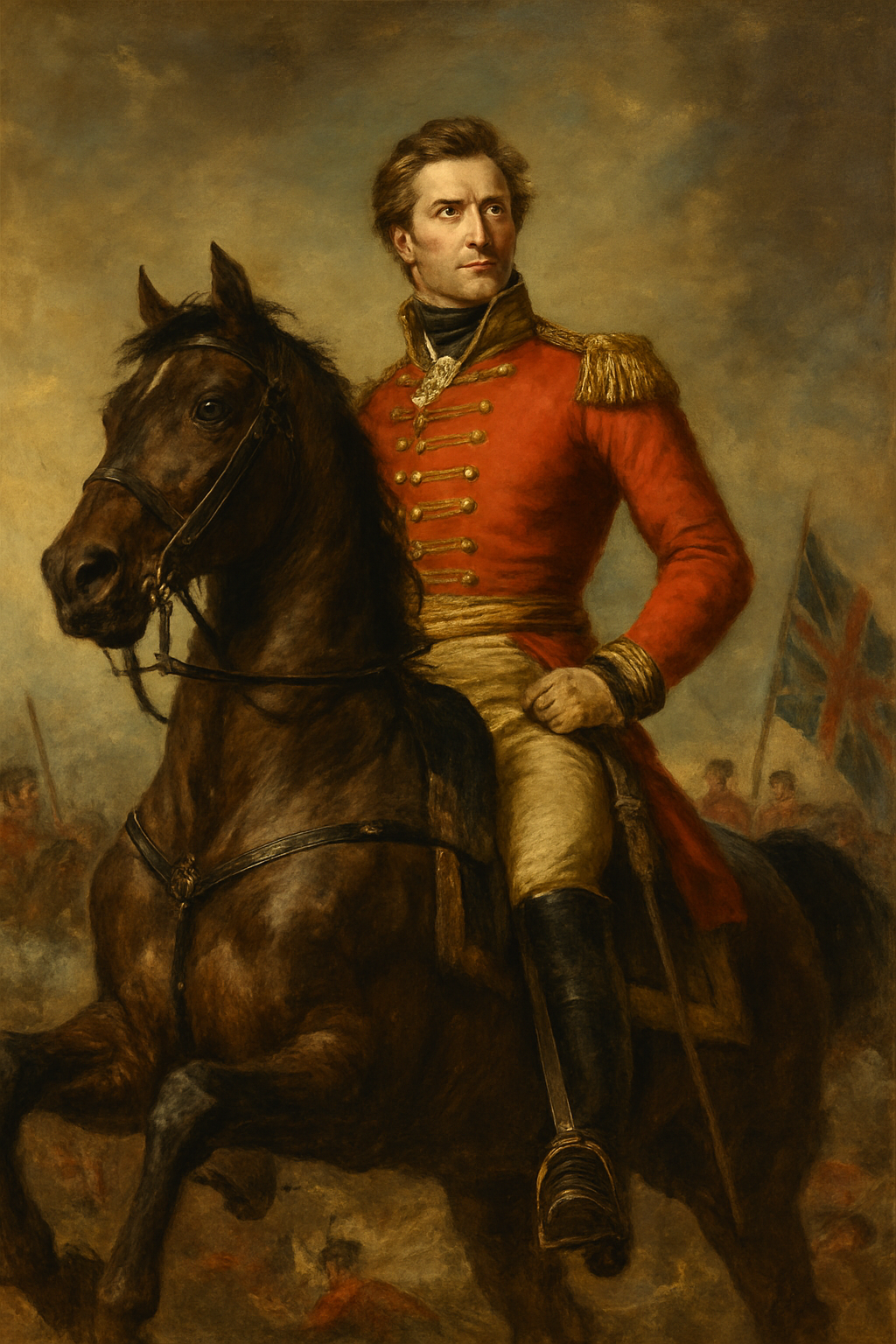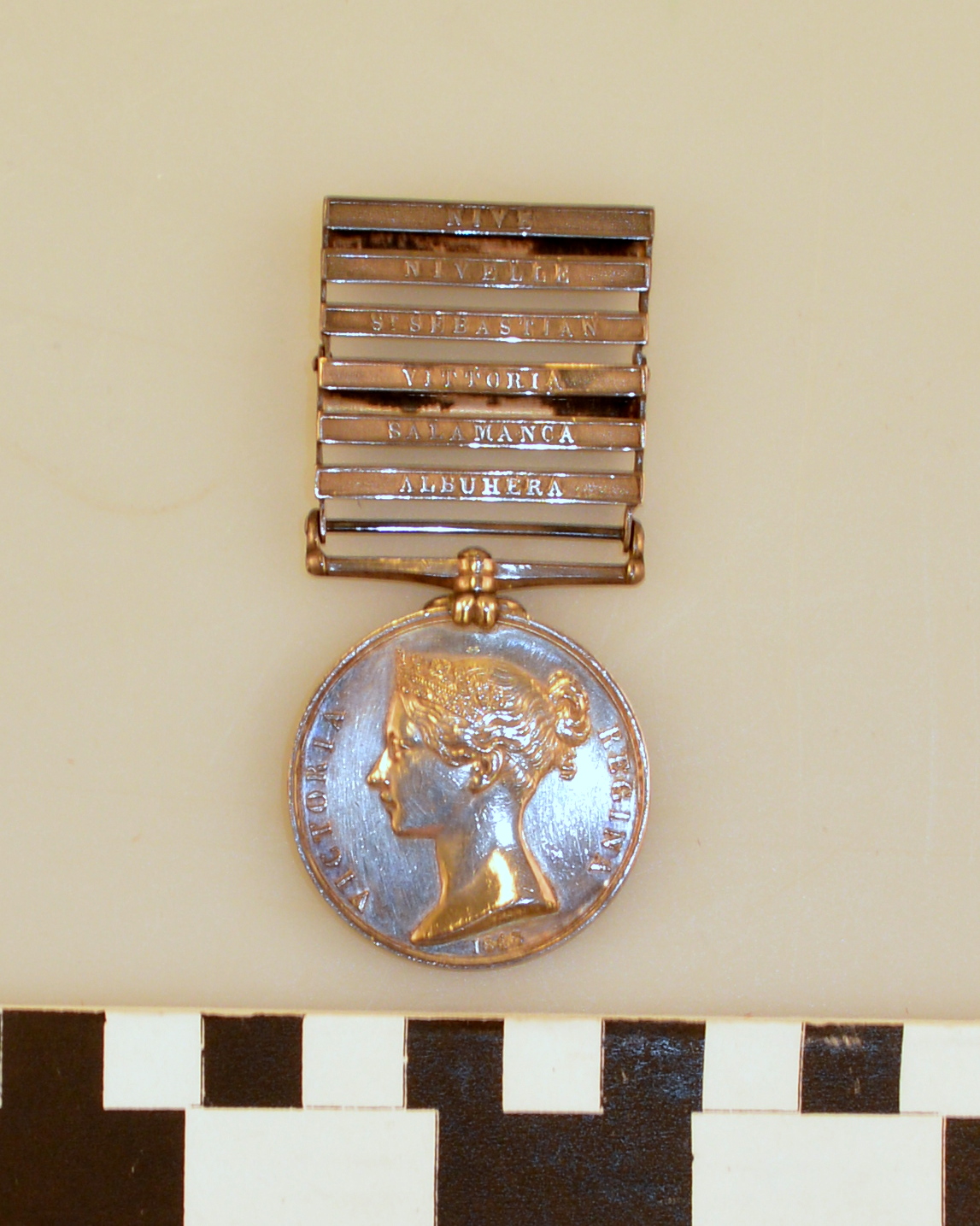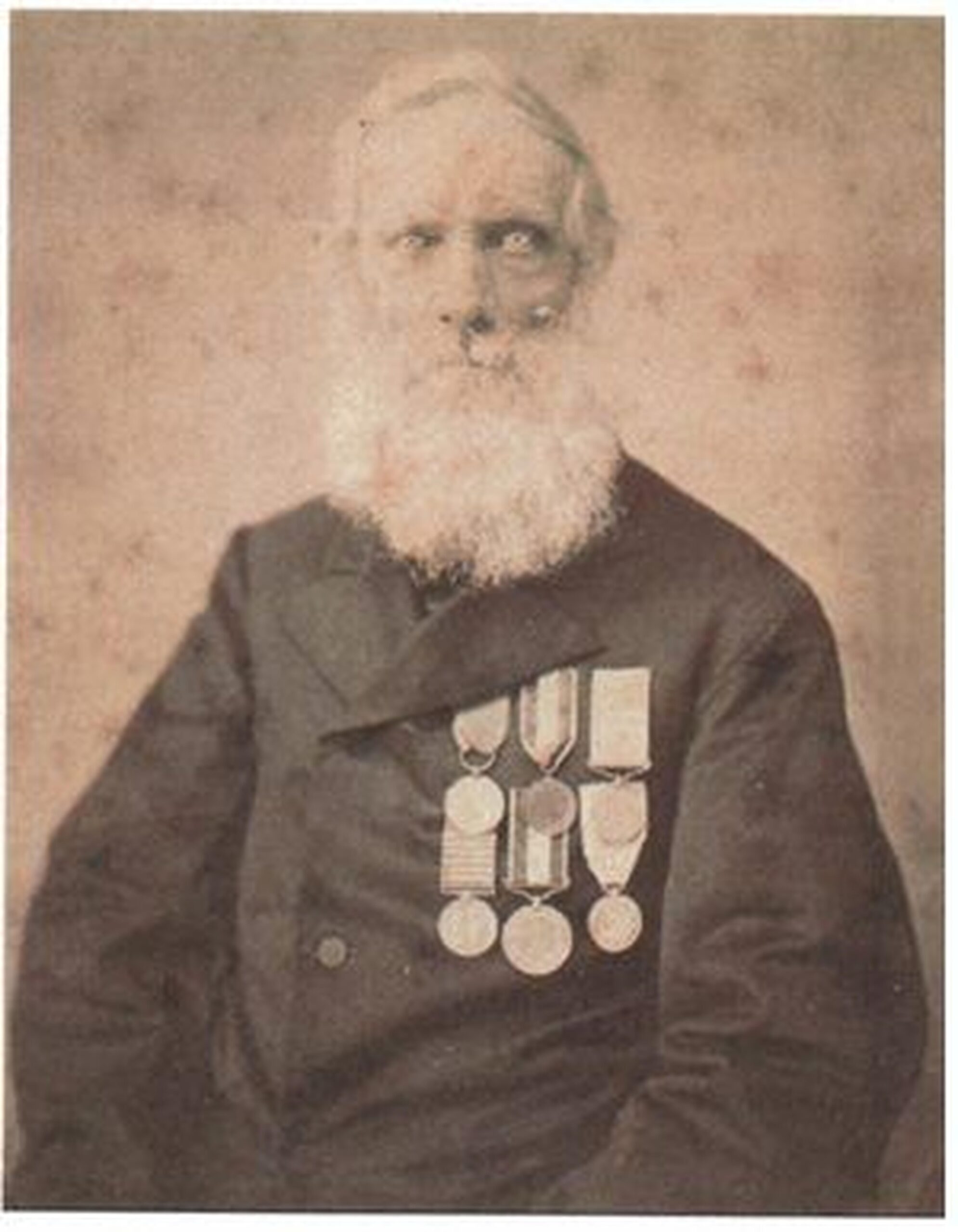Case Study
Did My Ancestor Save the Duke of Wellington?In my family, a story circulated for generations: someone in our line had once “saved the Duke of Wellington’s life” during the Napoleonic Wars. The trouble was, no one knew who this ancestor was, or even which branch of the family tree the story belonged to. It was just a tantalizing bit of folklore — a heroic ancestor, lost to history.

The Family Legend
Like many oral histories, the story was short on details. There was no name, no regiment, not even a clear country of origin. Just the bold claim: someone in our family saved Wellington. With such little to go on, the legend felt almost impossible to test.
Family Folklore vs. History
Family legends are valuable, but they’re often missing names, dates, or details. They can expand or shrink over generations, with one person’s brave act becoming “a whole regiment” — or vice versa. Careful research doesn’t diminish these stories — it anchors them in reality and makes them even more meaningful.
My Research Approach
To ground the story, I started by fleshing out names and dates across my family tree. My aim was simple: look for men of military age during the Napoleonic Wars who might have been in Europe at the time.
The difficulty, however, was obvious — I had no clue which paternal branch this mysterious ancestor might have come from. My family tree had multiple candidates, and without a name, the trail went cold quickly.


The Aha! Moment
As happens so often in genealogy, then came an accident of research. While digging into my paternal line, I decided to search for my last name in Newspapers.com. Buried in the results was a small article celebrating my 4x great-grandparents’ 50th wedding anniversary.
There, in black and white, was the phrase that changed everything: my 4x great-grandfather was described as having “stood victorious at Waterloo.”
That single line gave me a name, a place, and a time period. For the first time, I knew exactly where to focus.
Did You Know?
The King’s German Legion (KGL) was a unique unit: German soldiers who fled Hanover after Napoleon’s occupation and fought for Britain. At Waterloo, they earned a reputation for discipline and courage, holding key positions until the very end.
Further reading: Waterloo: The History of Four Days, Three Armies, and Three Battles by Bernard Cornwell
What the Records Revealed
Armed with that clue, I turned to the historical record. I studied accounts of the Napoleonic Wars, focusing on the Battle of Waterloo. Then I searched British military records, zeroing in on foreign regiments that had fought alongside Wellington.
Piece by piece, a picture came into focus. My 4x great-grandfather had served as an enlisted soldier in the King’s German Legion (KGL), and not just anywhere — he was in the 2nd Light Battalion, a regiment renowned for its discipline and courage.
At Waterloo, the 2nd Light Battalion played a decisive role in defending the farmhouse of La Haye Sainte, a strategic position at the very center of the battlefield. Their stubborn defense delayed French forces for crucial hours, buying time for reinforcements and directly contributing to Wellington’s victory.
The family legend had exaggerated one man’s role into the dramatic act of personally saving the Duke. But the truth was, my ancestor’s battalion did help preserve Wellington’s army from collapse by holding the line at La Haye Sainte.


The Resolution
So did my ancestor actually save the Duke of Wellington’s life? Not exactly. But he did fight at Waterloo as part of the King’s German Legion’s 2nd Light Battalion, which defended La Haye Sainte in one of the most critical actions of the battle. It’s entirely possible that his service there was condensed over generations into the family legend of “saving Wellington.”
Conclusion
Mostly True
-
The legend: An unnamed ancestor saved the Duke of Wellington’s life.
-
The findings: My 4x great-grandfather fought at Waterloo as part of the 2nd Light Battalion of the King’s German Legion, whose defense of La Haye Sainte was critical to the battle’s outcome. He didn’t personally rescue Wellington, but his regiment’s actions were essential to the Duke’s survival and eventual victory.
This case study shows how a vague family legend can be tested and clarified with careful research. The story wasn’t pure invention — it was rooted in real history, even if time had blurred the details.
Ready to Uncover Your Family's Story?
Embark on a journey through time with RootSource Research. Discover the rich tapestry of your ancestry and preserve your family’s legacy. Contact us now to begin your exploration.
